Victims: Aren't we all?
I have had a love-hate relationship with horror my entire life. I love scary movies and video games, but take me to a haunted house or one of those damn haunted walking-tour events and I just can’t handle it. Of course I’m much older than the last time I’ve been to anything like that, so I wouldn’t be as afraid now but the memories still remain. I almost broke my nose once while walking through a bus filled with fake Freddy Kruger mannequins when an actor playing him jumped at me and I ran into the person in front of me. Up until now, no video game has ever matched the terror I felt that night or any other night when I was subjected to a live-action haunted house ride or event. That is, until now.
Five Nights at Freddy’s comes close, to be sure, but it’s nothing compared to what Frictional Games has crafted with SOMA. It combines horror, psychological thriller, and science-fiction, and in this combination we have been given a horror game that also has an incredibly profound story. Like previous Frictional games, this is a first-person game where the mystery unravels fairly steadily as you explore open areas and search for clues in the form of notes and audio recordings. That’s about where the similarities end. While there are no supernatural elements to the game, there is still something about the way the enemies and plot evolve that still manages to inspire a level of fear I’ve only felt while playing games with slightly demented otherworldly themes.
There’s a practicality to SOMA that makes the story more terrifying as you unravel the mystery behind the underwater world you’ve been thrust into. Of course you are not entirely alone on your journey, as you find assistance from a scientist named Catherine working in the underwater base. Her guidance is a refreshing break from the unsettling encounters with robots that adamantly believe they are alive and hulking masses of metal trying to kill you. However, Frictional Games is known for toying with the perception of others, so as you progress through the story you’ll definitely have some necessary soul-searching conversations with your mystery confidant.
When encountering enemies, it is a bit like the Slender series in the sense that the screen will distort in varying degrees depending on how close you get to enemies. You can use certain objects to draw the attention of enemies away from your location, but this does not guarantee survival. There are a few enemies in the game that will return to their normal movement patterns after investigating a noise but others adapt. There are some that seem to only be attracted by sound, so when they hear a noise in a specific area they will lurk awhile longer sometimes even opening doors to rooms near where the noise was heard. This makes having to navigate areas where you have to sneak past enemies and open very loud electronic doors even more tense.
The level of difficulty of navigating areas populated by just one enemy is impressive, since the setting and level design contribute to the fear factor just as much. Having to run for your life underwater trying to remember every single step back to safety is horrifying enough; adding an element of unpredictability to how enemies will react to commotion makes things that more dire. There was one instance when I had picked up an object to throw and distract an enemy, but it only drew their attention. Before I knew it, a hulking nightmare had snuffed me out.
You know when the enemy has you in their sights with both visual and aural cues. The soundscape will change from light, eerie, trance-like synth tones to a sudden harsh dramatic melody the more aware an enemy becomes aware of your presence. My favorite music in the game was when I was exploring the exterior of the research bases. When you’re exploring the sea floor there’s a definite change from dramatic and eerie to grand dreamscape-like melodies that fit the vastness of the open ocean. It’s cheery enough to make you slightly at ease but unsettling enough for you to always know you’re never truly safe. Kind of like a Tim Burton movie starring Johnny Depp.
I also enjoyed how natural the puzzle-solving is and the absence of hand-holding which enhances the immersiveness of the environments and the sense of urgency to survive. If a door was locked, there weren’t any tutorial pop-ups or glowing lines to lead you to the solution. You need to follow electrical wires or air ducts or read notes for clues to figure out passwords. The tension especially rises when you come to the end of a daunting stealth section of the game to find a locked door and a demented monster only a few feet away. Even after you’ve managed to sneak past enemies and find solutions to puzzles or how to unlock a door, it can still lead to you having to be a bit noisy. You might have to remove a metal wall casing or turn on a computer diagnostic program that causes a loud beeping noise that draws the enemy back toward you.
When you are in immediate danger, the beating of your heart drums in your ears loudly and the music matches the fevered pitch of the unearthly howling coming from the monster chasing you. The first time I fell victim to this I was attempting to lure an enemy away from my location by picking up an object and throwing it to an area I thought would be appropriate. Almost as soon as the object hit the ground, the monster was on top of me and it was so startling that I had to call it a night. There were several moments in SOMA that caused me to quit out of terror. I haven’t had to step away from a horror game since I had to face the mutated creatures in the first Resident Evil. Sure, it still freaks me out, but put a shotgun with the right ammo in my hands and I can make it through. That same comfort of protection is not in SOMA.
You have no weapons. While there are a few times when you have to use certain tools and objects to solve puzzles, there’s no real way to defend yourself besides making sure to know where all the exits are at any given time. If an enemy does catch you, it doesn’t always result in absolute death but that doesn’t make it any less horrifying. In the cases where you don’t die right away you’ll awaken in a daze, your movement slowed and vision significantly blurred. The enemy is usually nearby and you’ll still have to continue on through the level near where you left off.
The only way to refocus your vision and heal yourself is by interacting with strange glowing orbs scattered throughout the inside and outside of the network of underwater research bases. But the process is a bit of a catch-22. When you use these ominous orbs to heal, you’ll regain your senses but they also disorient you slightly before you fully recover and can alert enemies to your location. I managed to get through the game without using many of these other than the ones I was forced to use for the purpose of the narrative, so it is possible to limit their use to make it through the game.
As for the element of choice, there are different ways you can choose to react in situations or solve certain puzzles in the game. If you find a robot consuming energy from a power source, you can choose to unplug them in order to free up the juice to turn on a nearby computer or console that will help you reach the next part of the level or you can look for other options. There will be at least one option that is unavoidable but for the most part the decision is yours. You never know when snuffing out a robot is completely unnecessary until it’s too late and, believe me, that realization is more horrible than you think it is.
I’m not going to completely fault Frictional Games for not having a manual save option since it does allow you to save upon exiting the game. Your autosaves never overwrite each other so, if you ever feel like backtracking, you won’t be completely out of options. While the checkpoints are spaced out fairly generously, I found myself using the save and quit option quite a bit. Even sections that take place in small areas can be very time-consuming and harrowing depending on the number of enemies and the difficulty of the objective. You could be involved in a very intense standoff with a enemy, be forced to make a run for another area on a whim, barely making it to the next part of the level and still not have an auto-save trigger. For those who don’t want to have to redo certain sections, I would suggest using the save and exit option before continuing on after finishing difficult stealth sections or narrow escapes of the game.
SOMA surpassed my expectations of what a psychological science-fiction horror story could be. I expected to be scared but not absolutely fucking terrified to the point where I had to stand up and physically walk out of the room on multiple occasions. I knew the story was interesting and I would be rooting for the protagonist, but I was not expecting the introspective emotional reaction it ignited as I watched the epilogue that followed the credits. SOMA made me question everything from the possibility of needing to wear adult diapers while playing any future titles from Frictional Games to questioning my very own humanity. I have never loved being terrified more in my entire life.
-
Extremely terrifying
-
Intriguing well-executed story
-
Great level design
-
Varied puzzles to solve
-
Great soundtrack and voice acting
-
No in-game manual save options
soma
-
soma #1
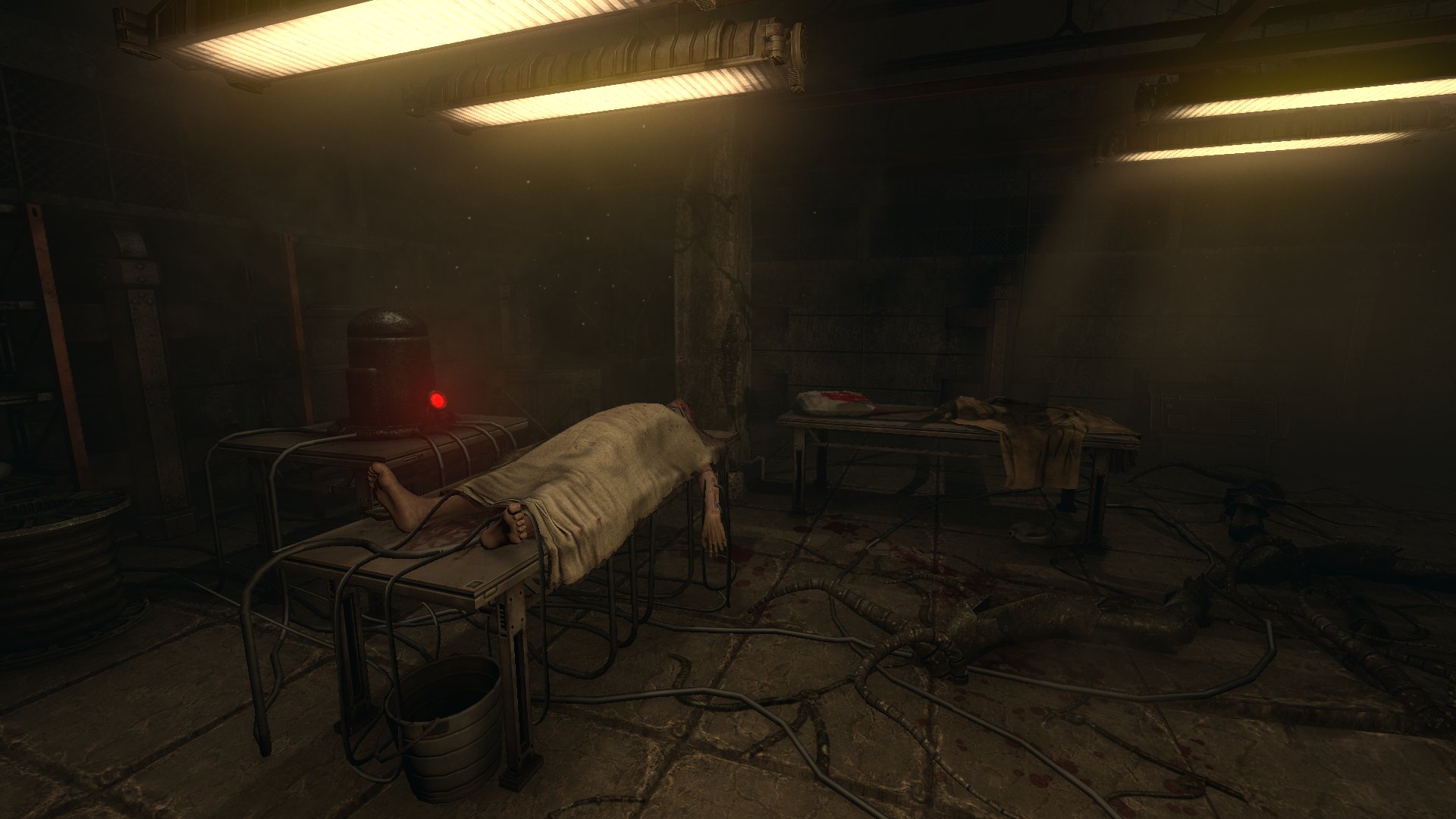
-
soma #2
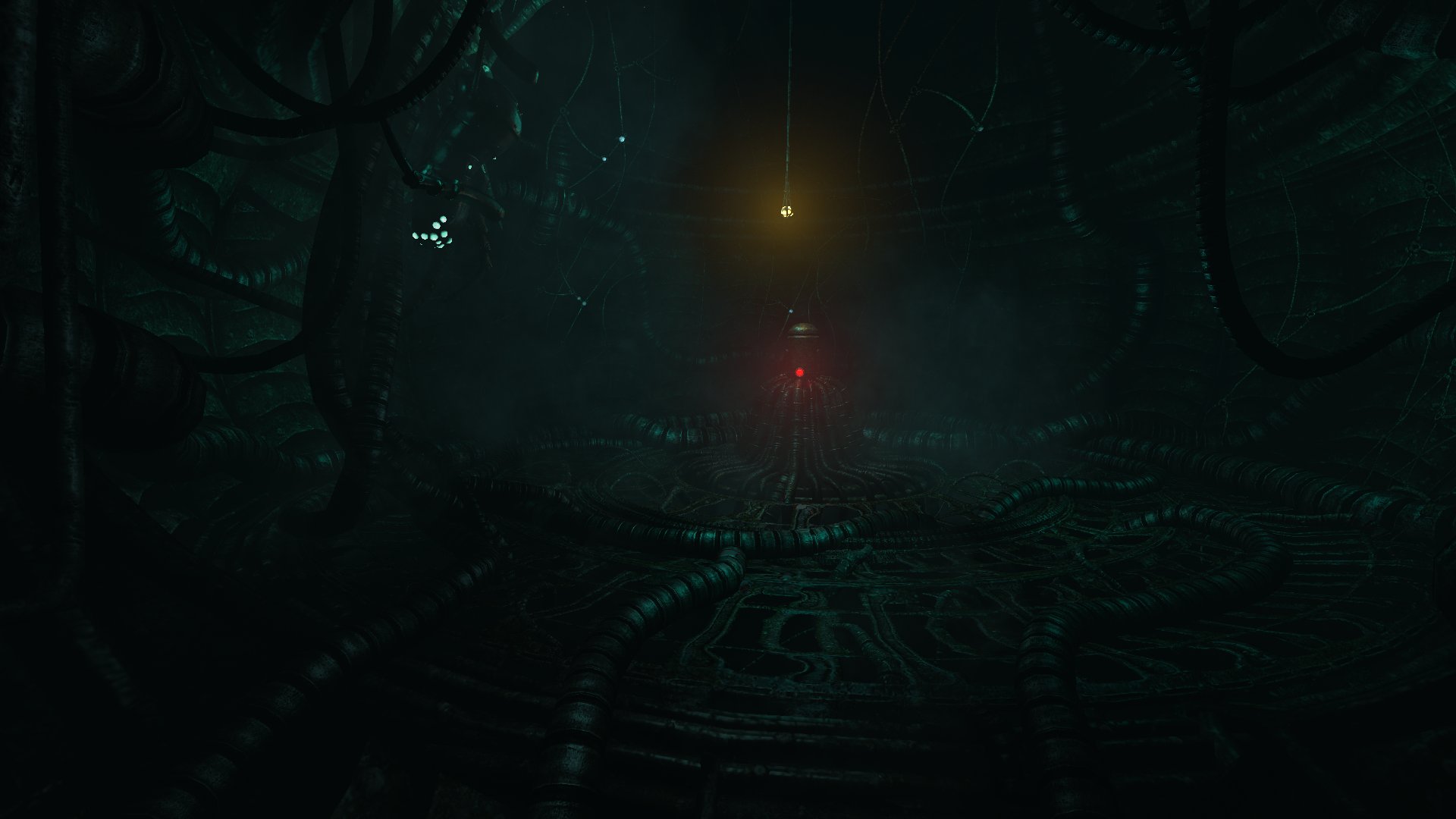
-
soma #3
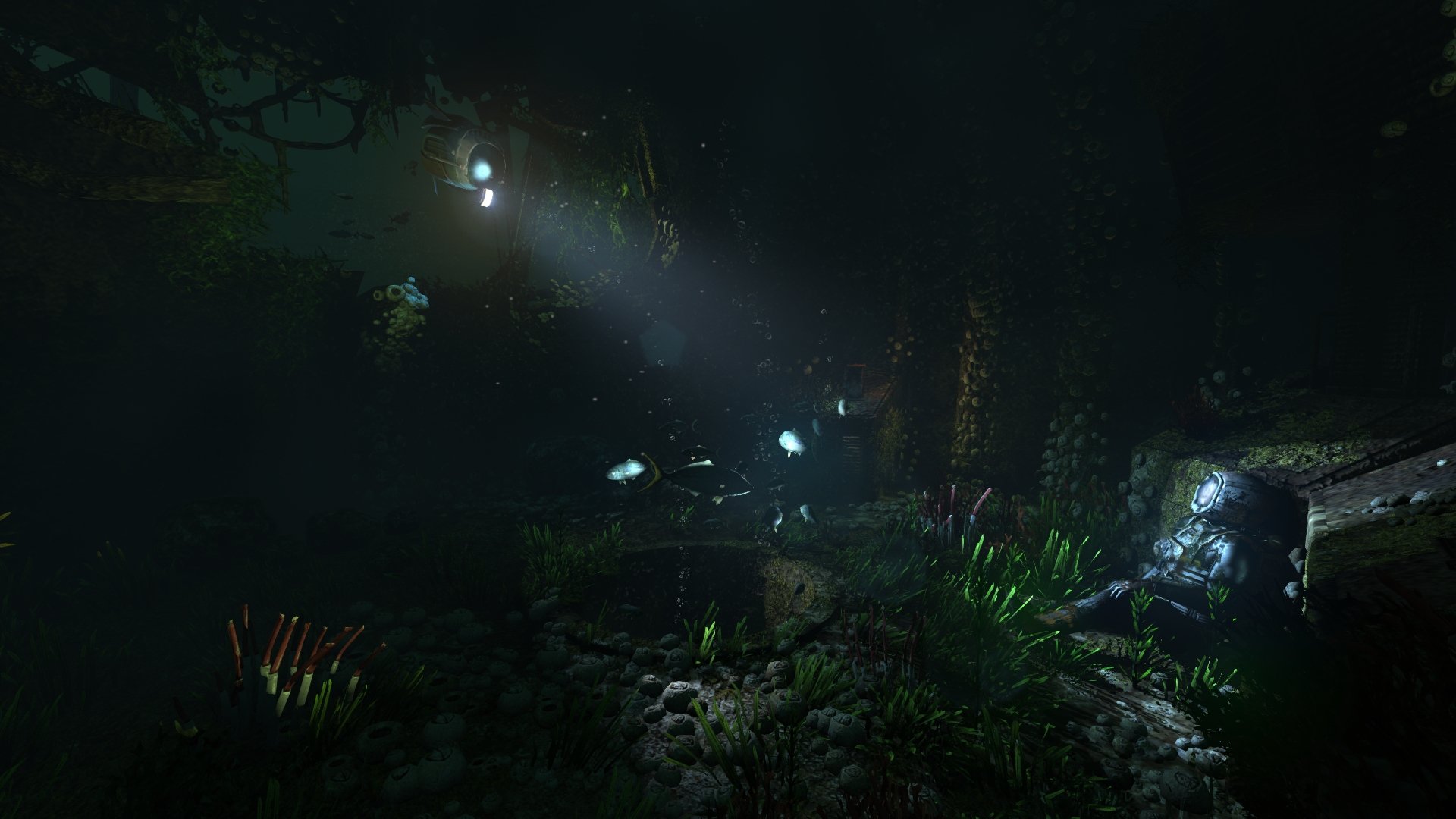
-
soma #4
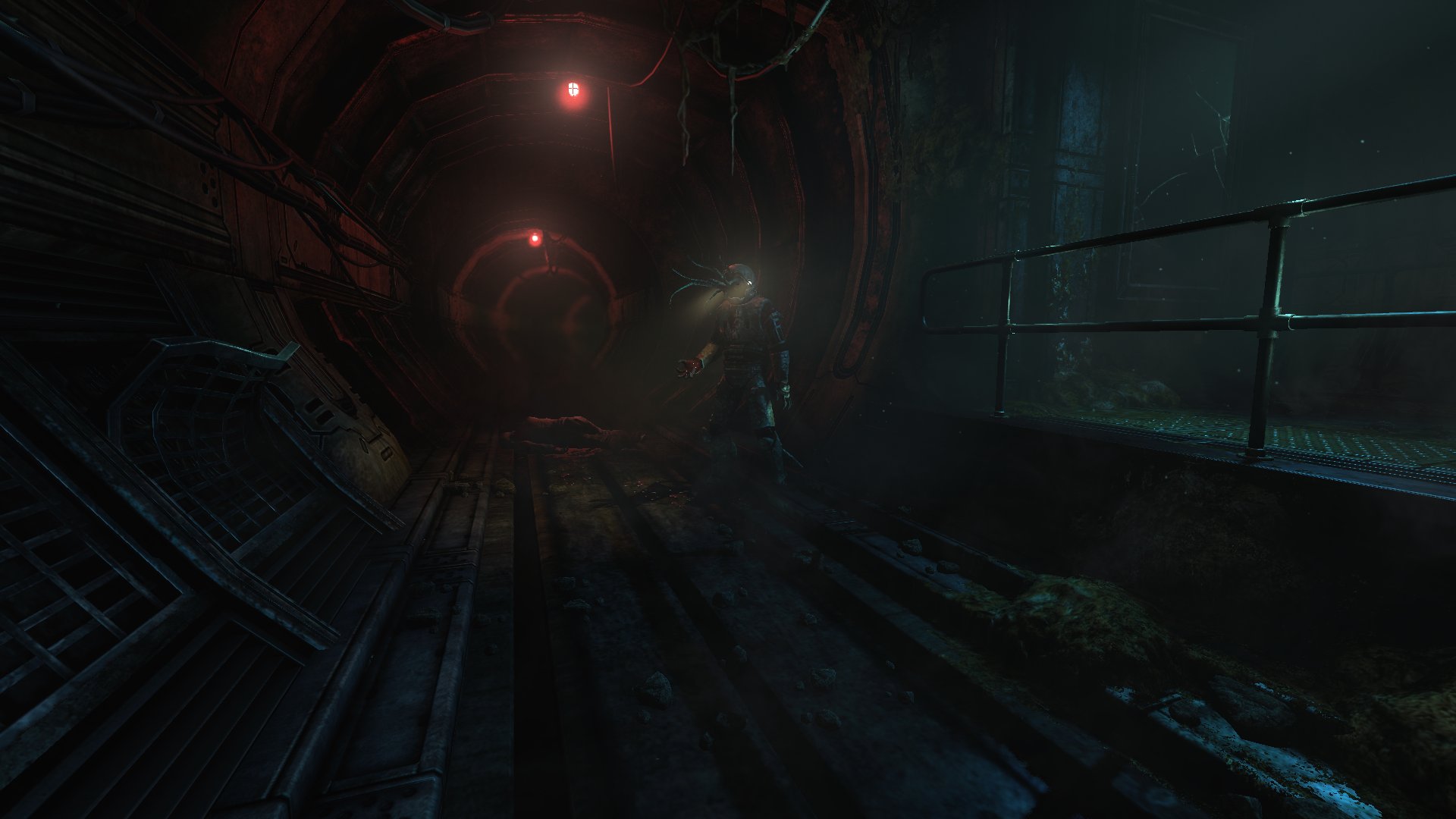
-
soma #5

-
soma #6
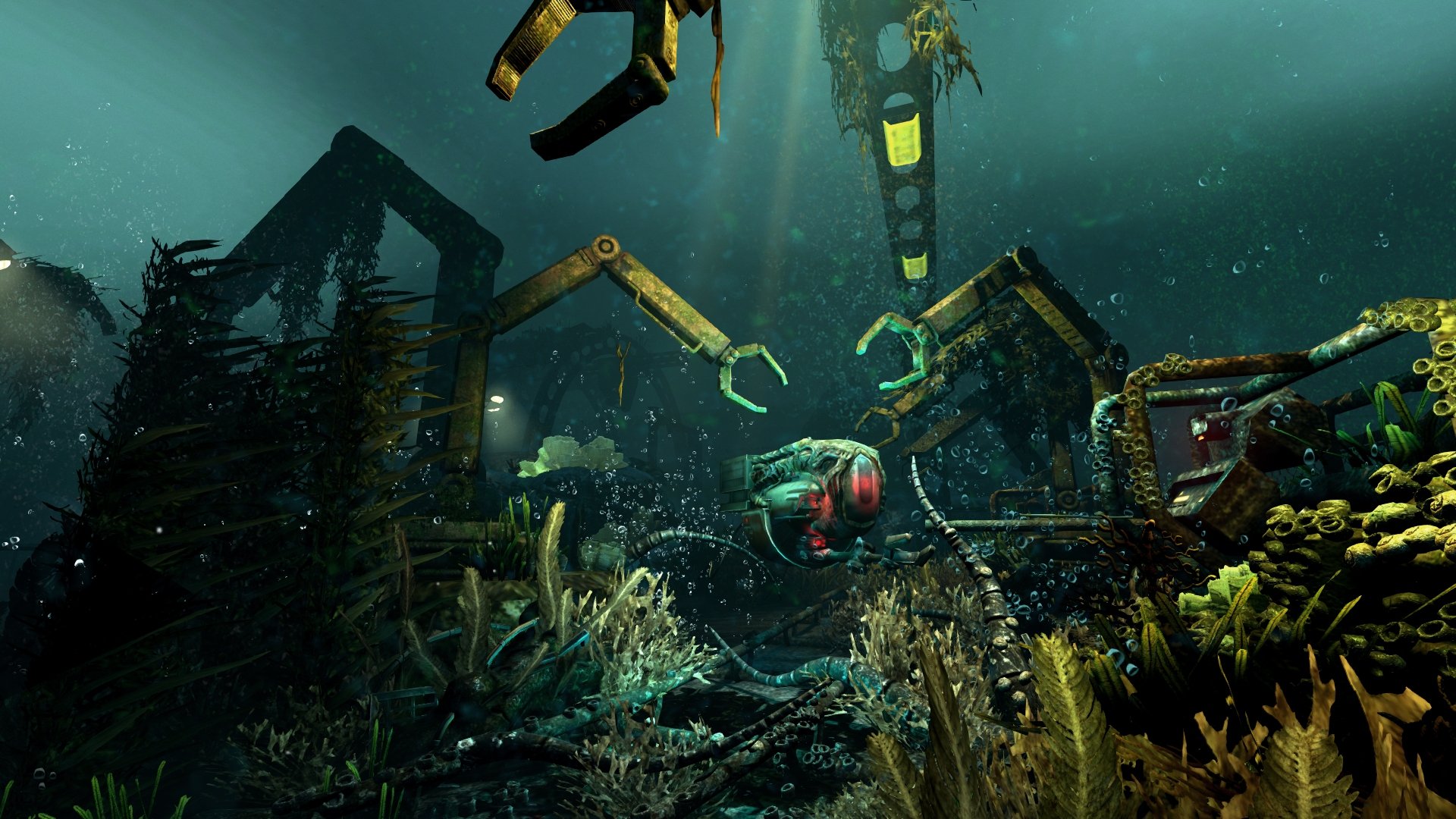
-
soma #7
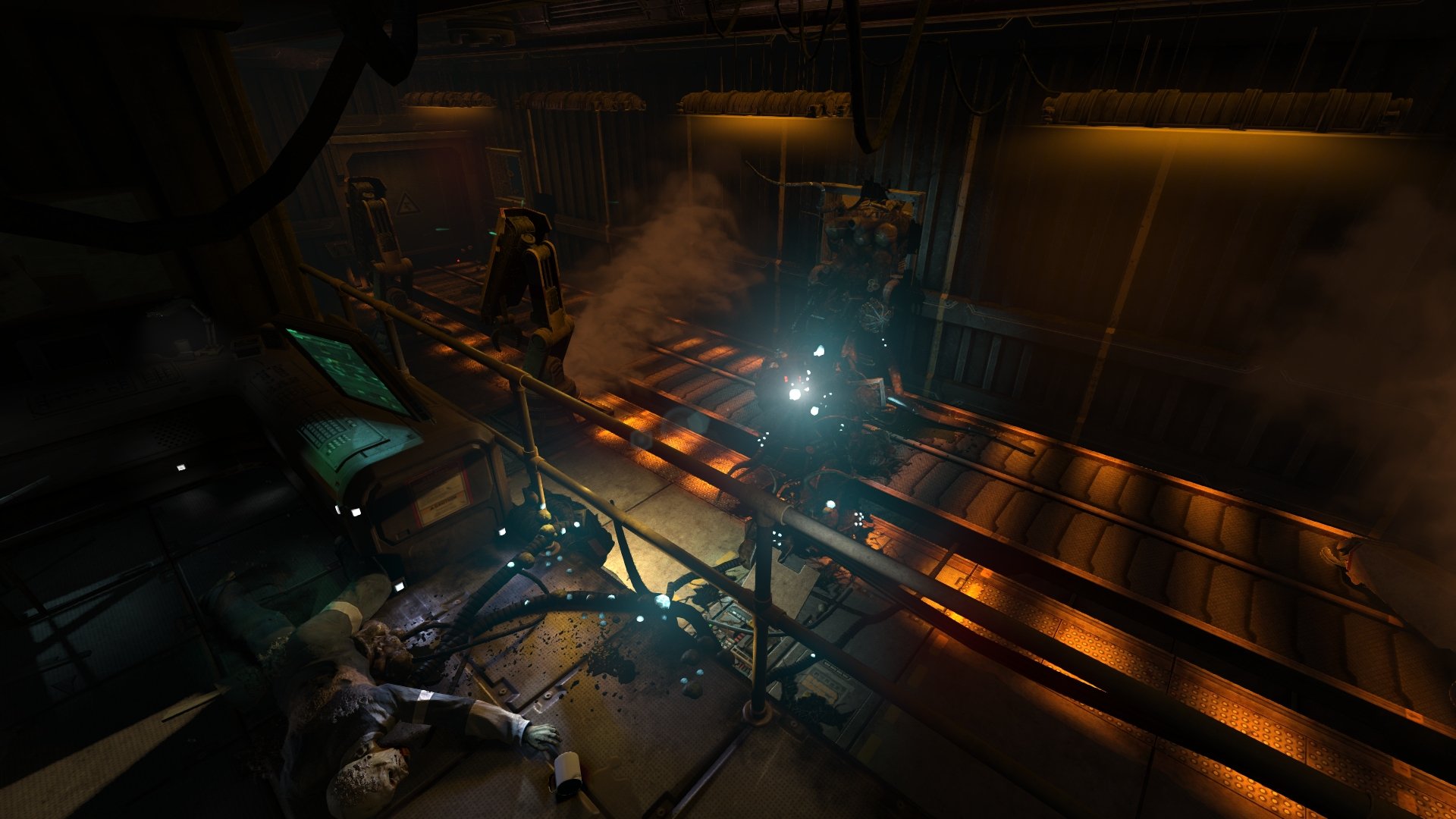
-
soma #8

-
soma #9
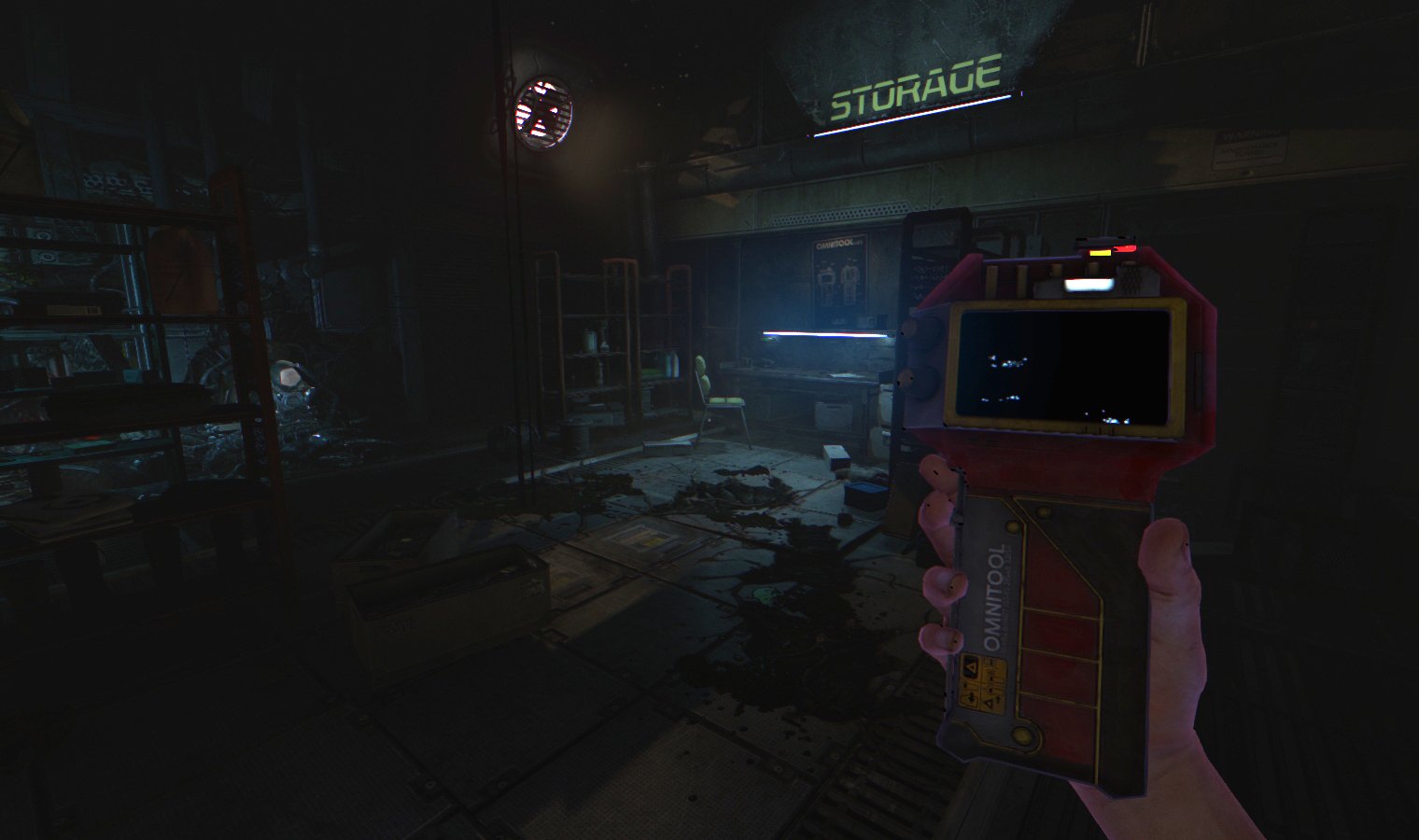
-
soma #10
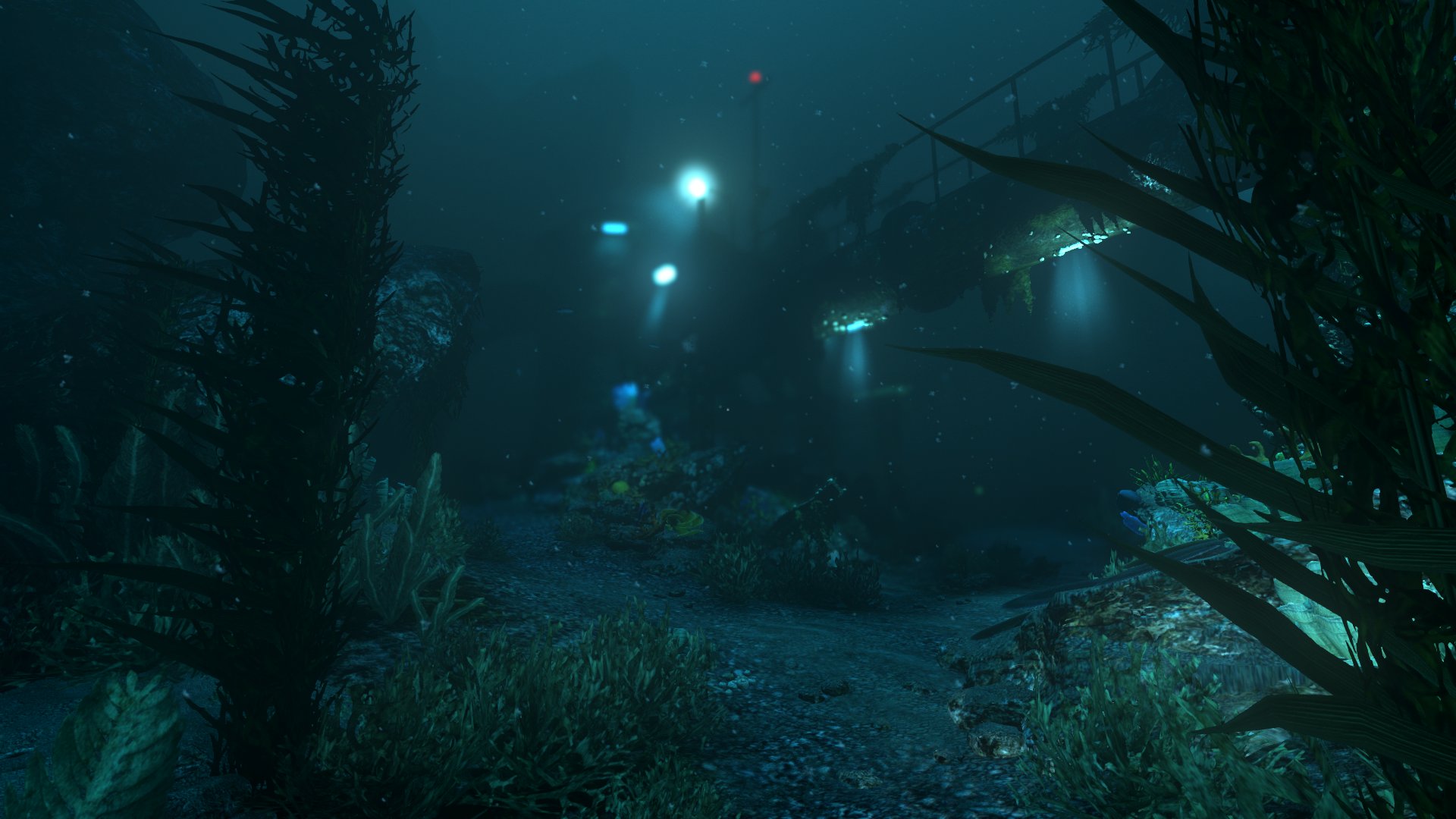
-
soma #11
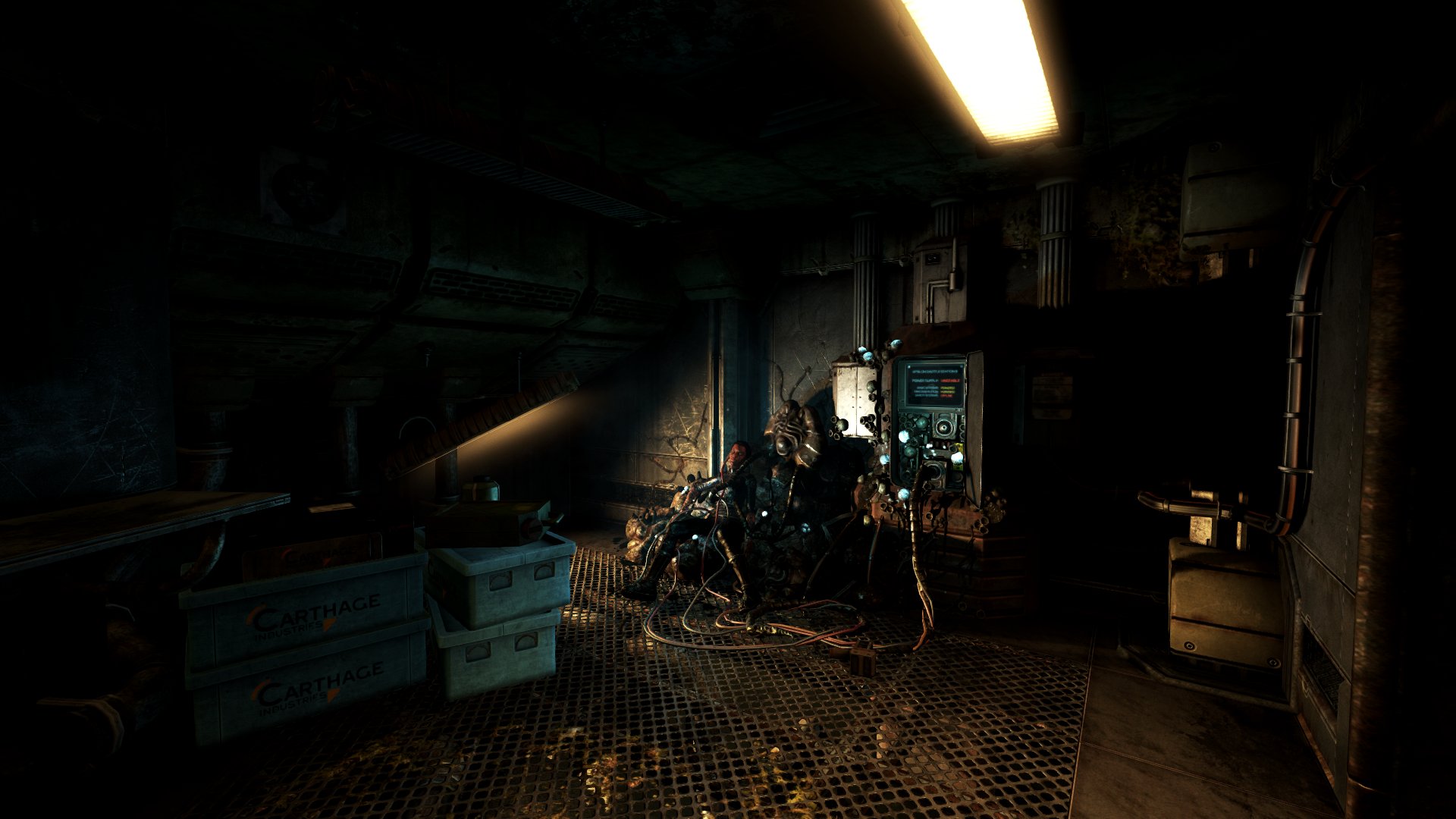
-
soma #12
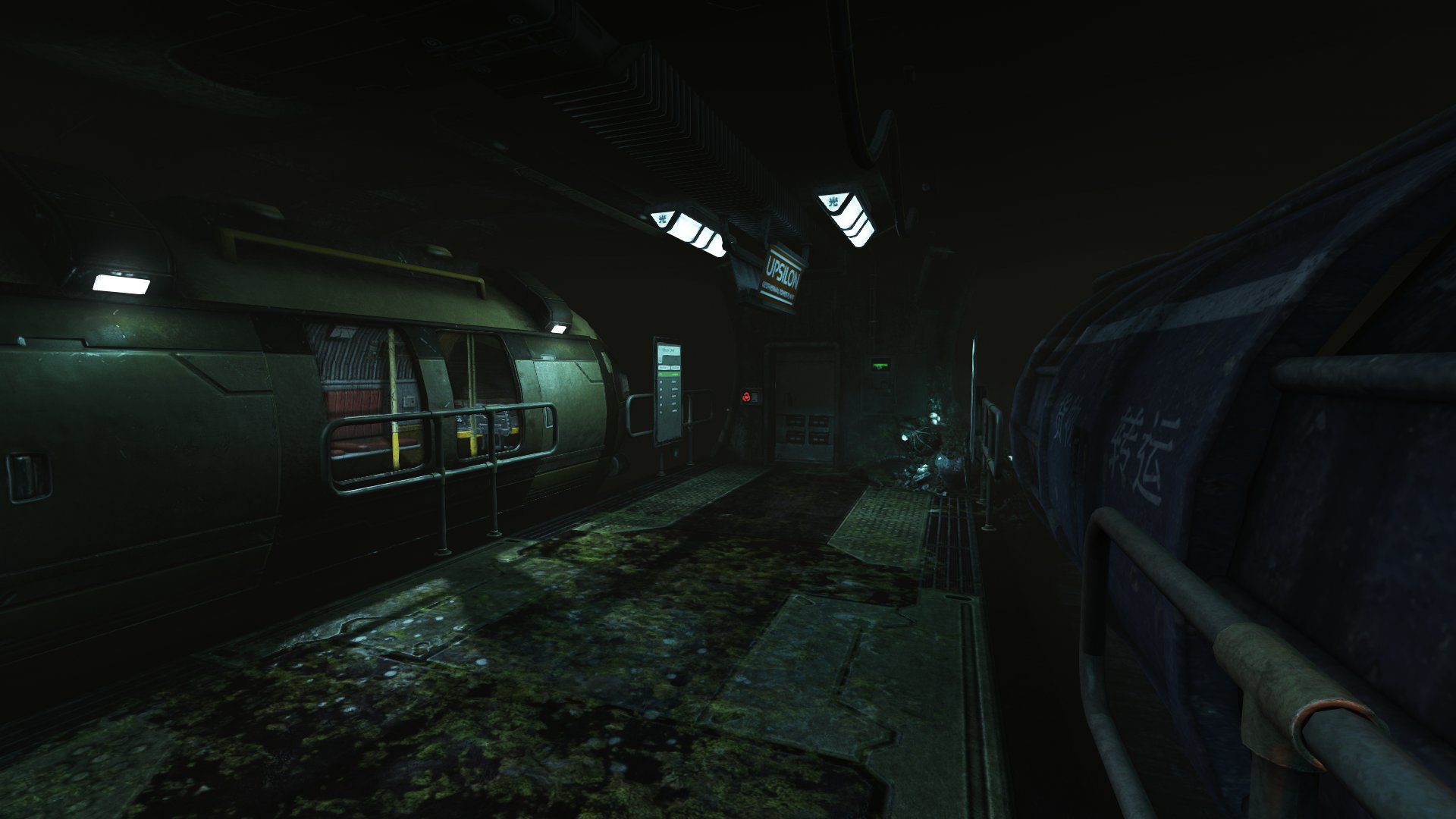
-
soma #13

-
soma #14
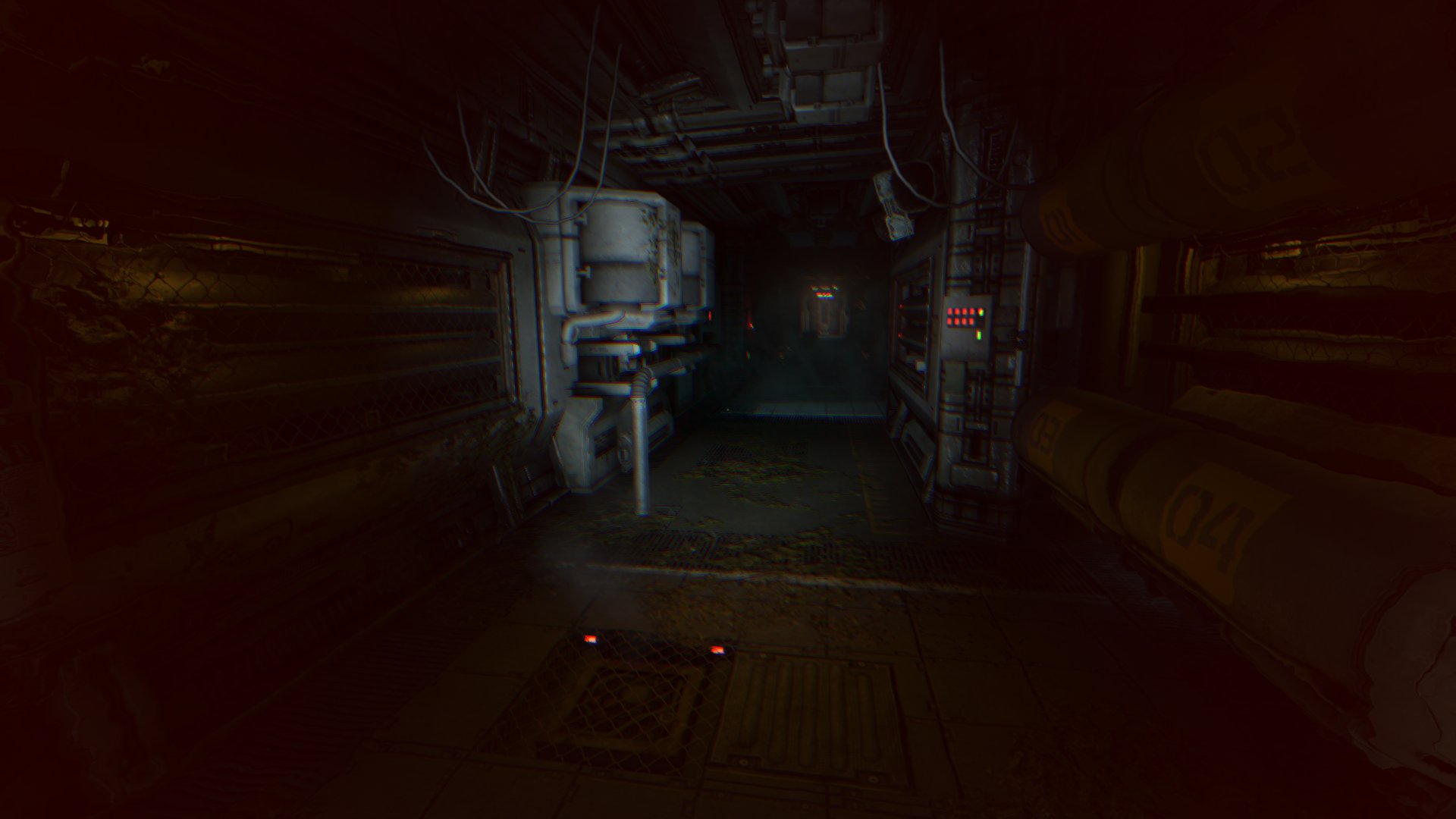
-
soma #15
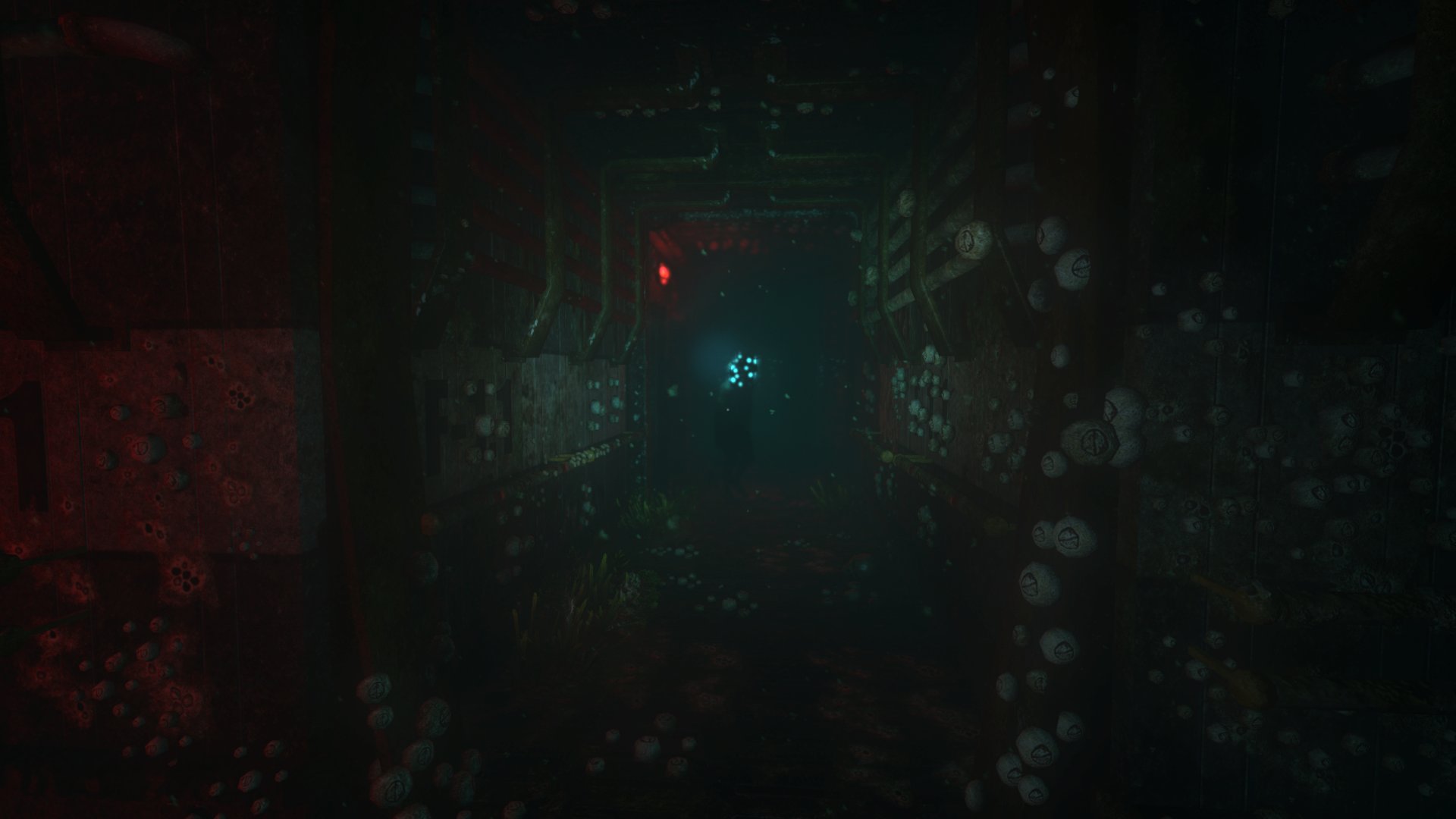
-
soma #16
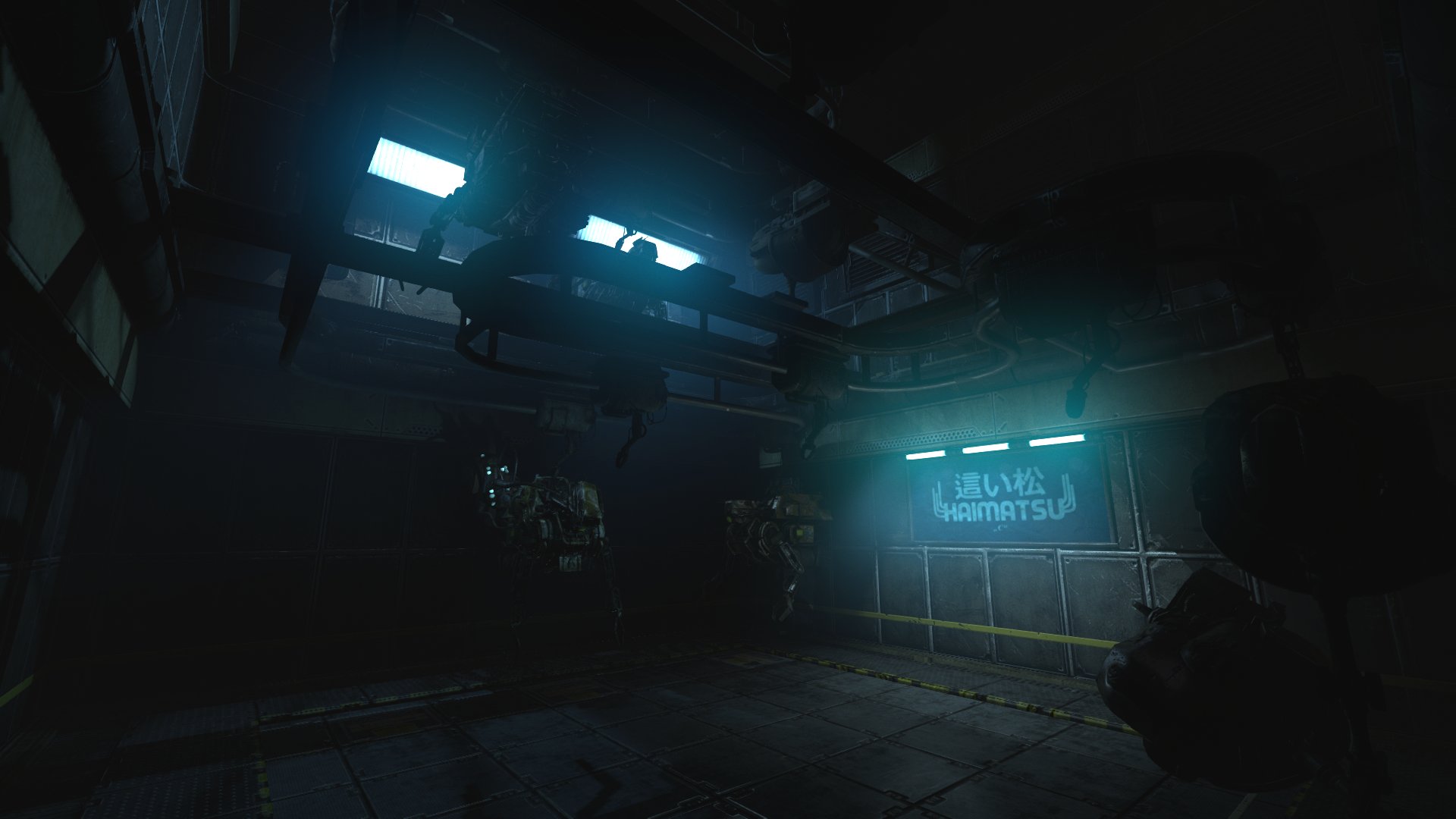
-
soma #17
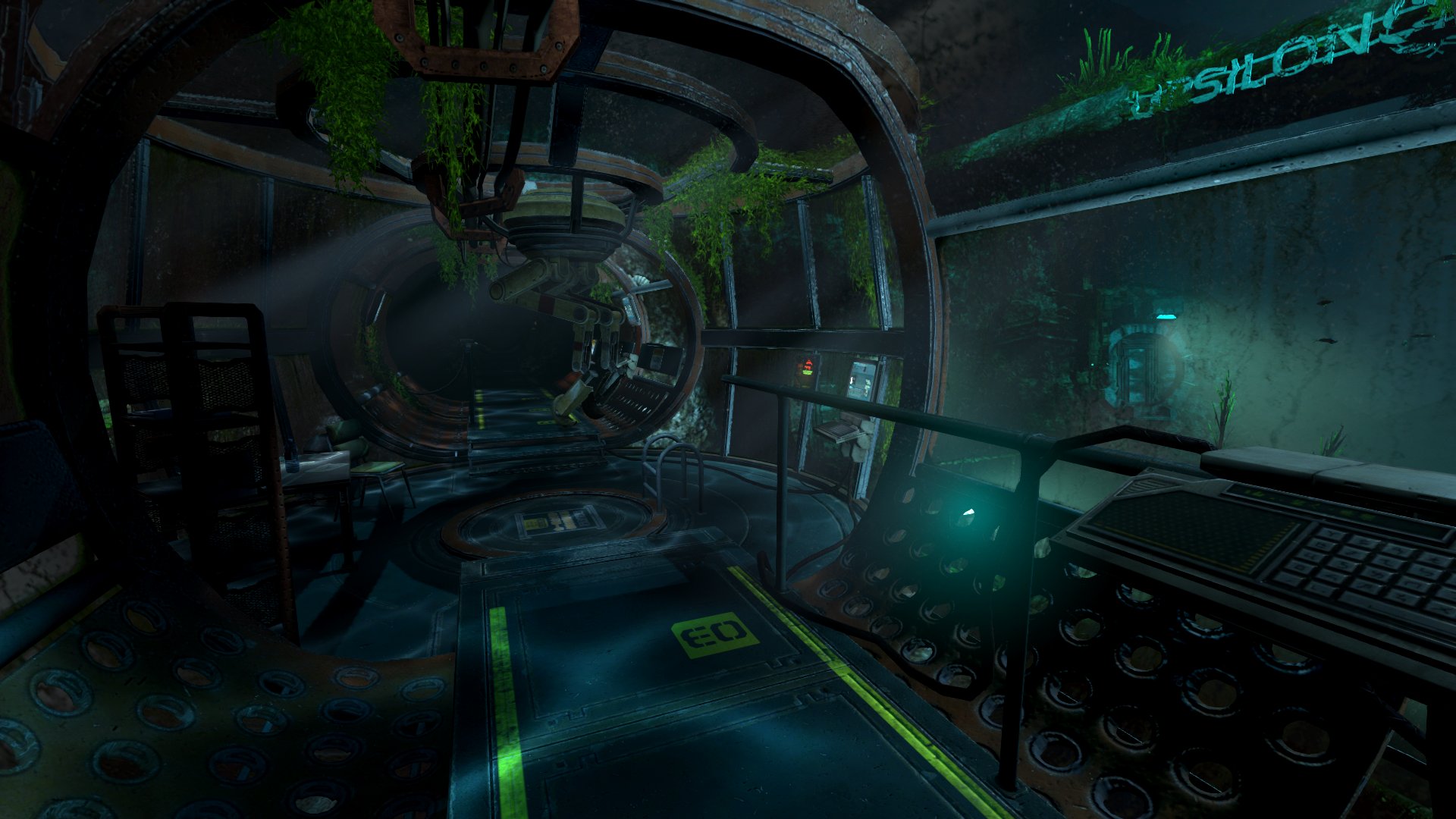
-
soma #18
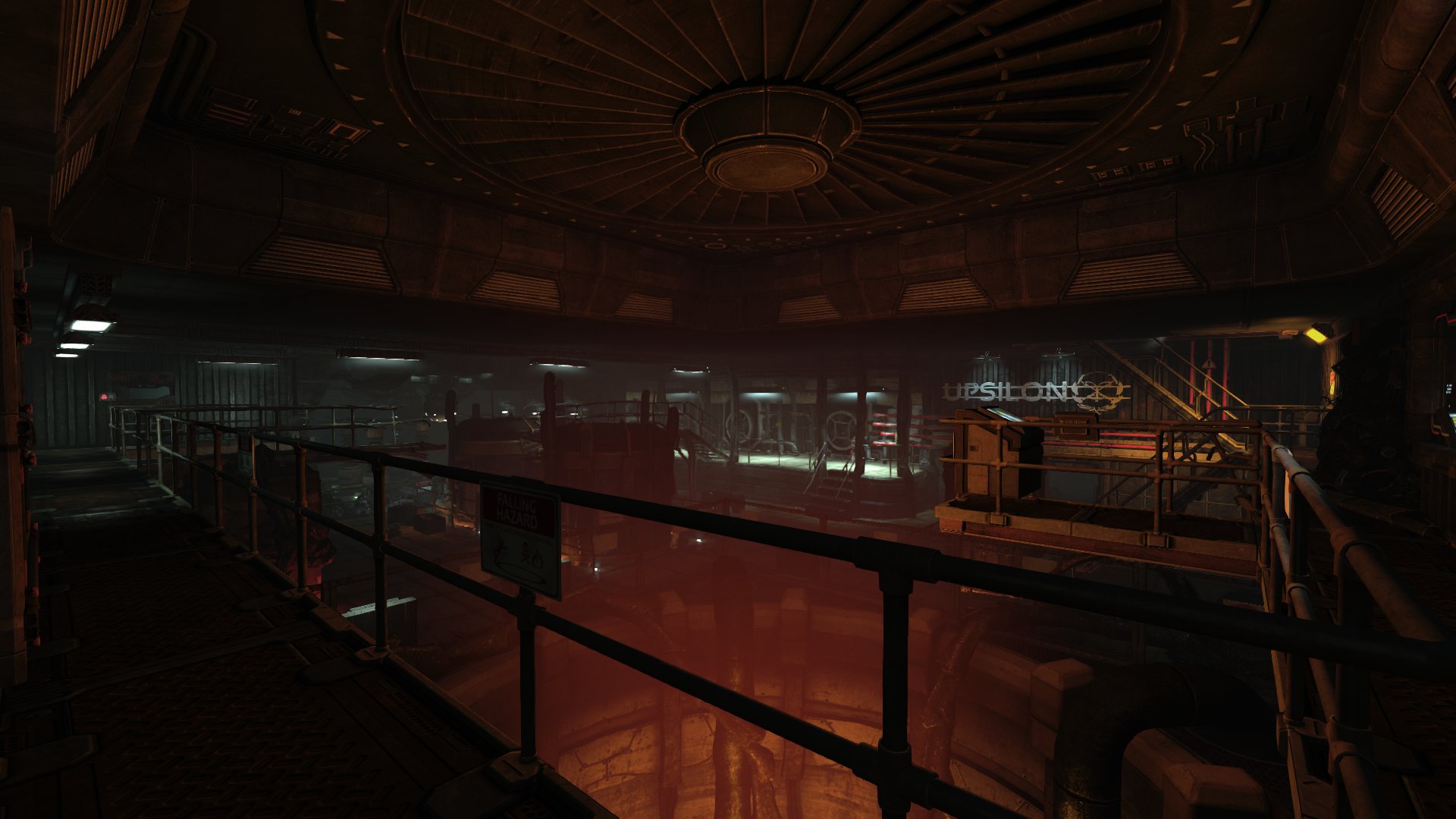
-
soma #19

-
soma #20
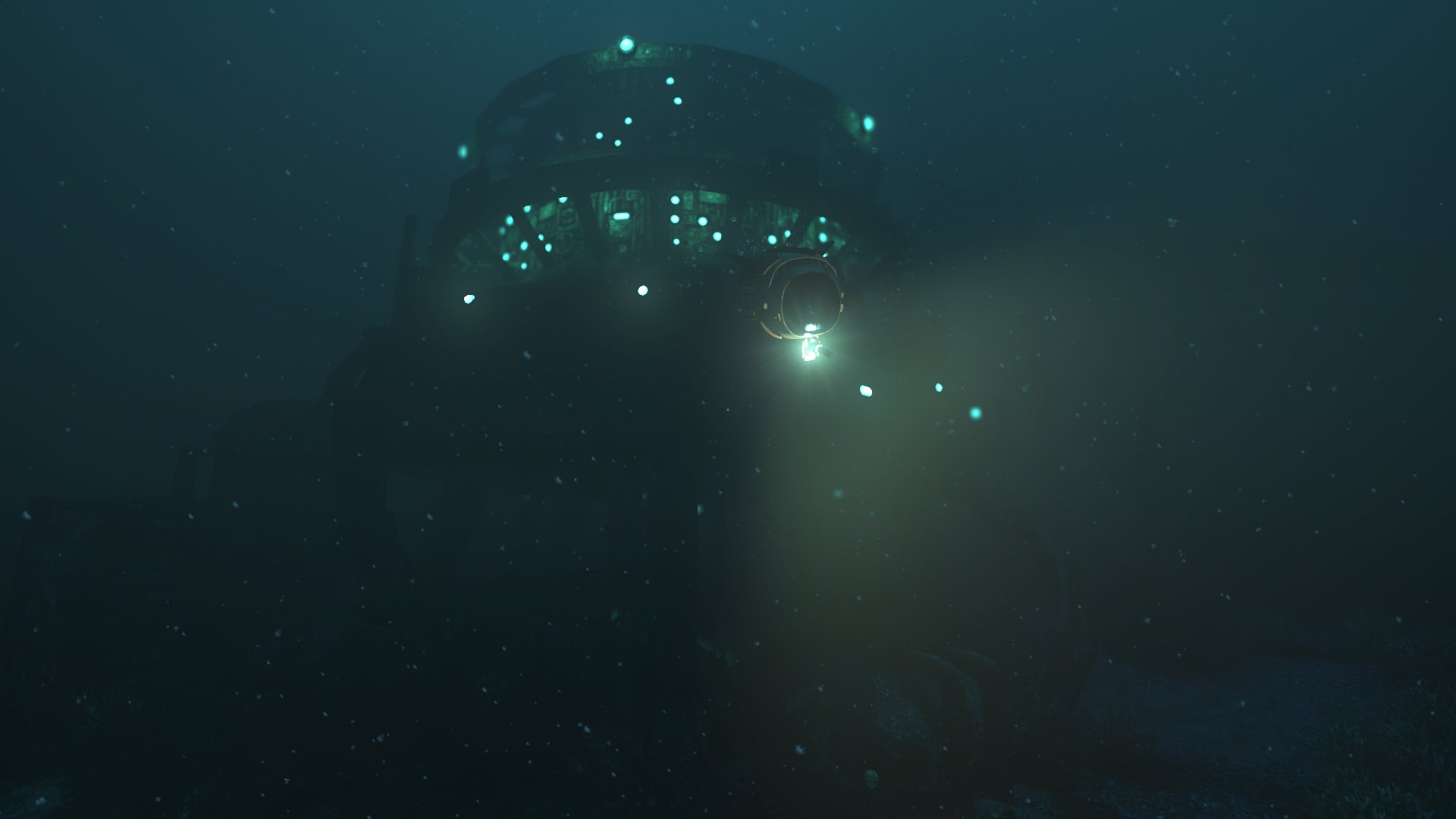
-
soma #21
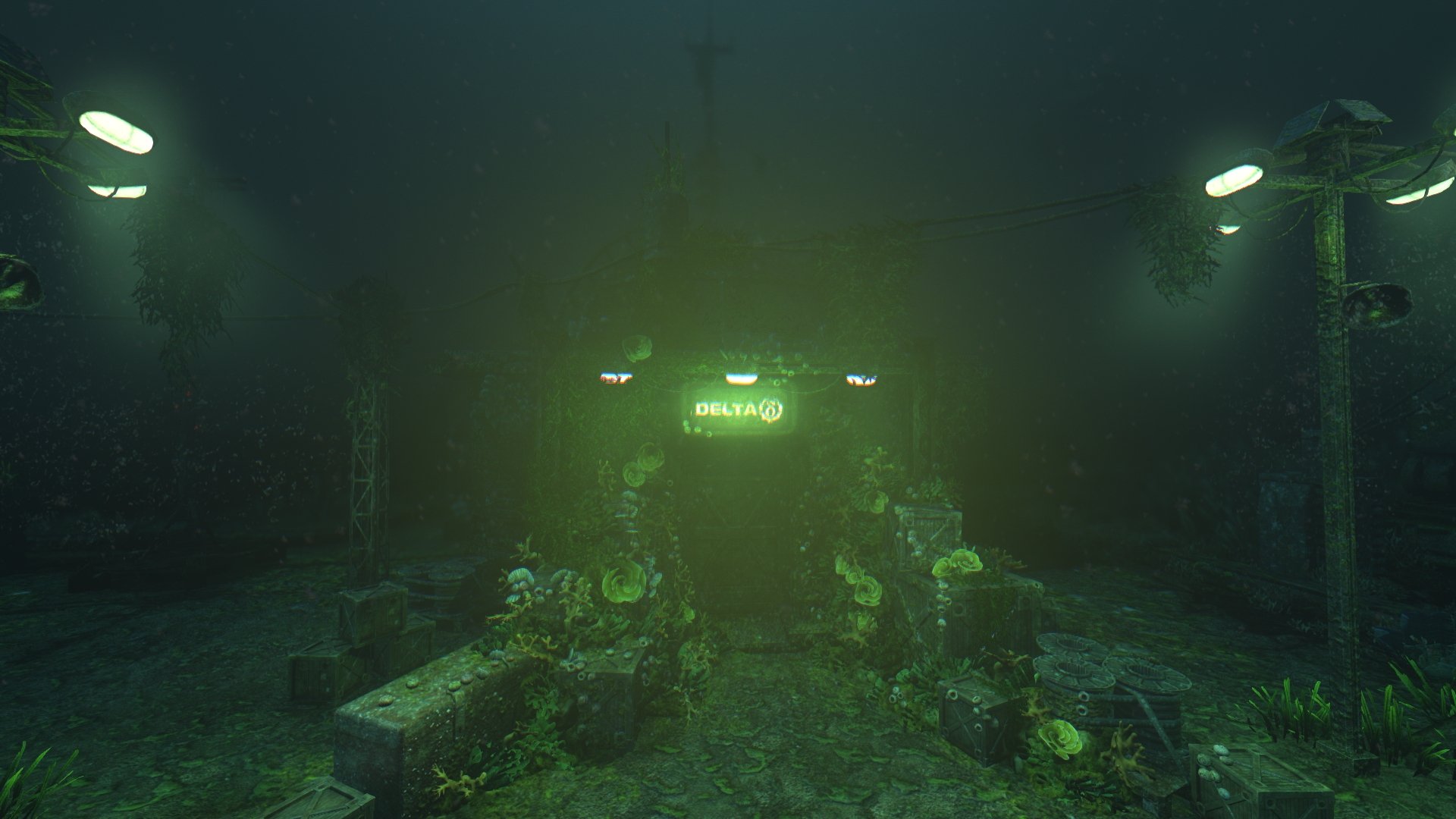
-
soma #22
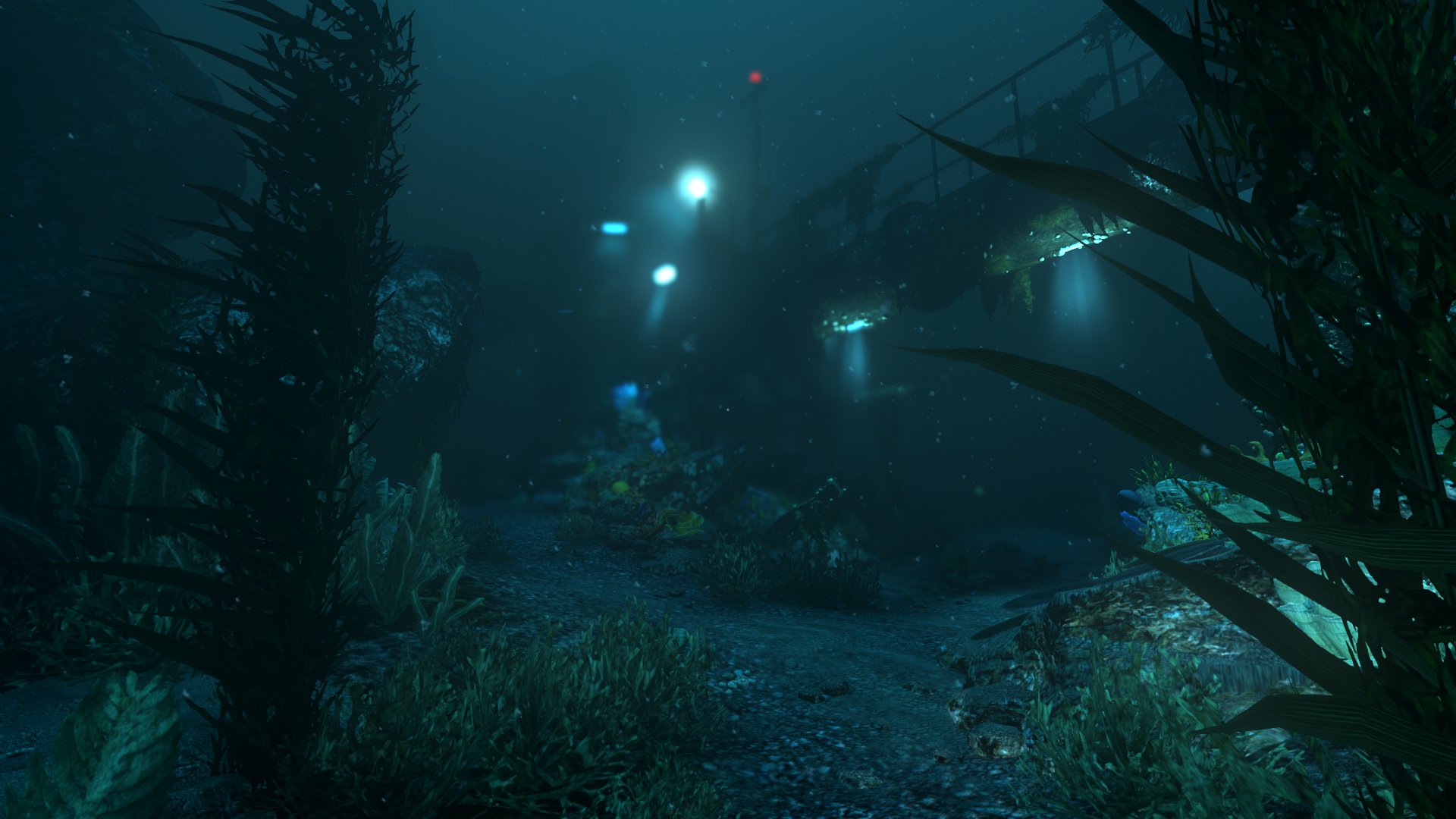
-
soma #23
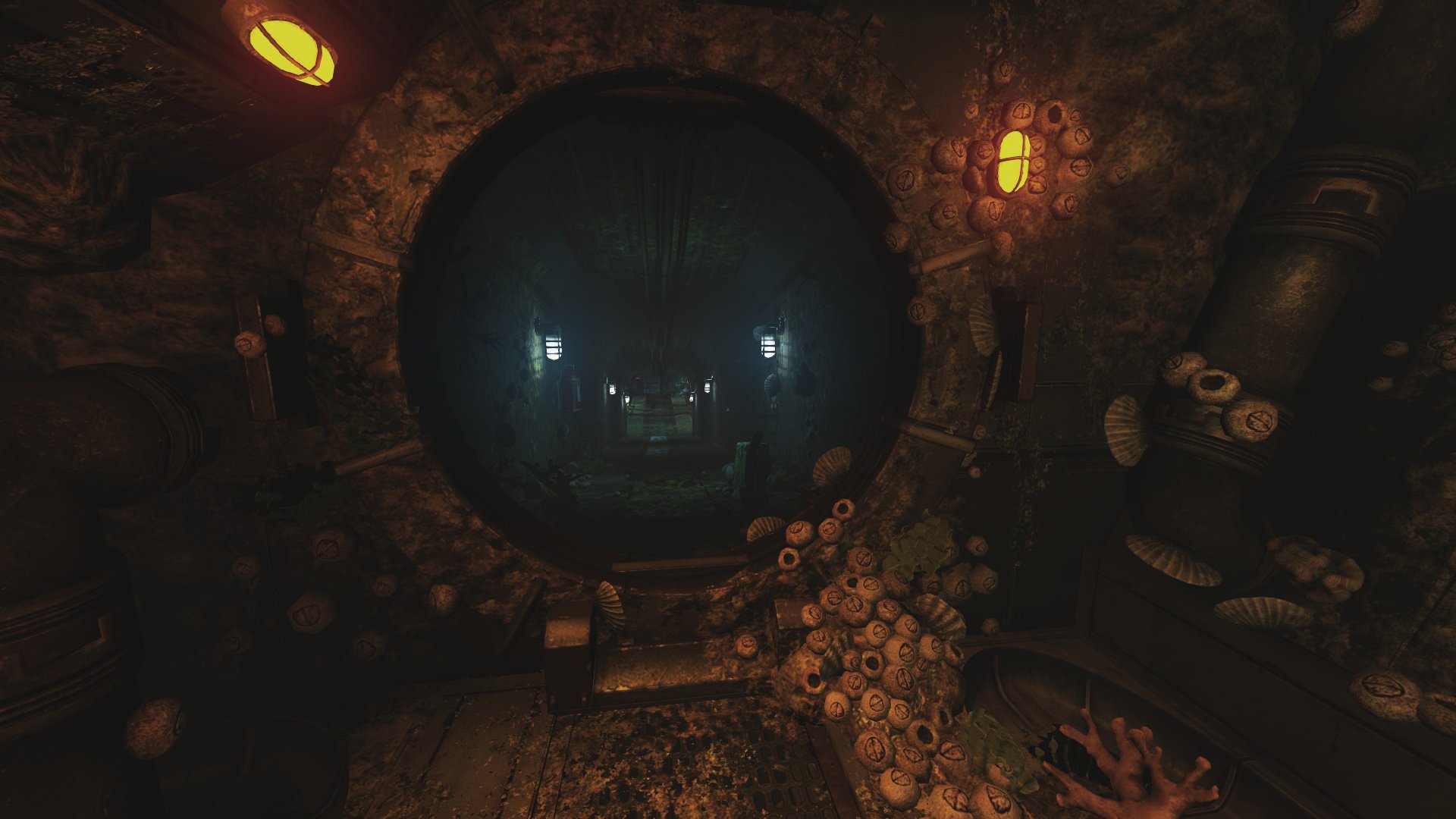
-
soma #24

-
soma #25
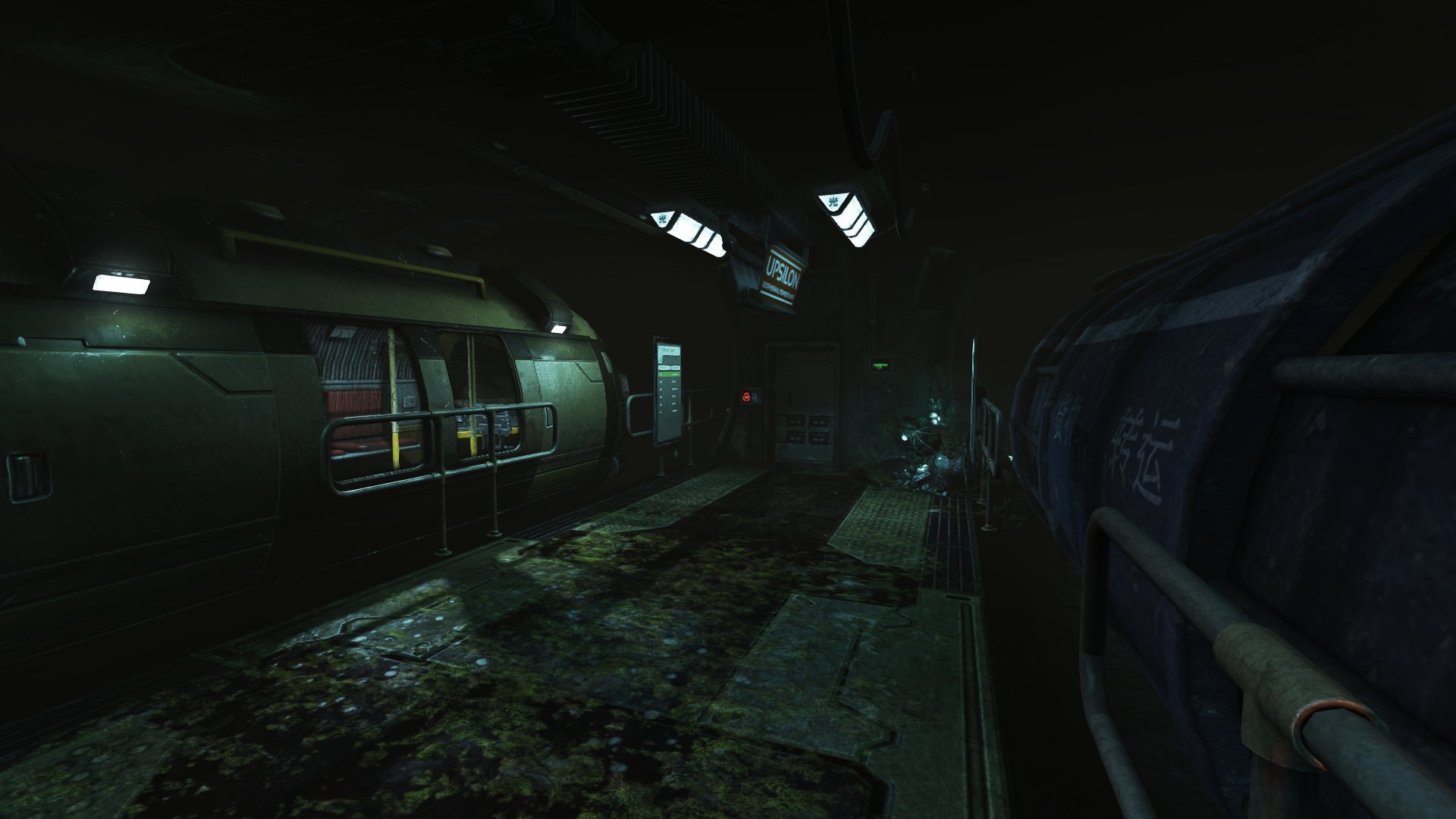
-
soma #26
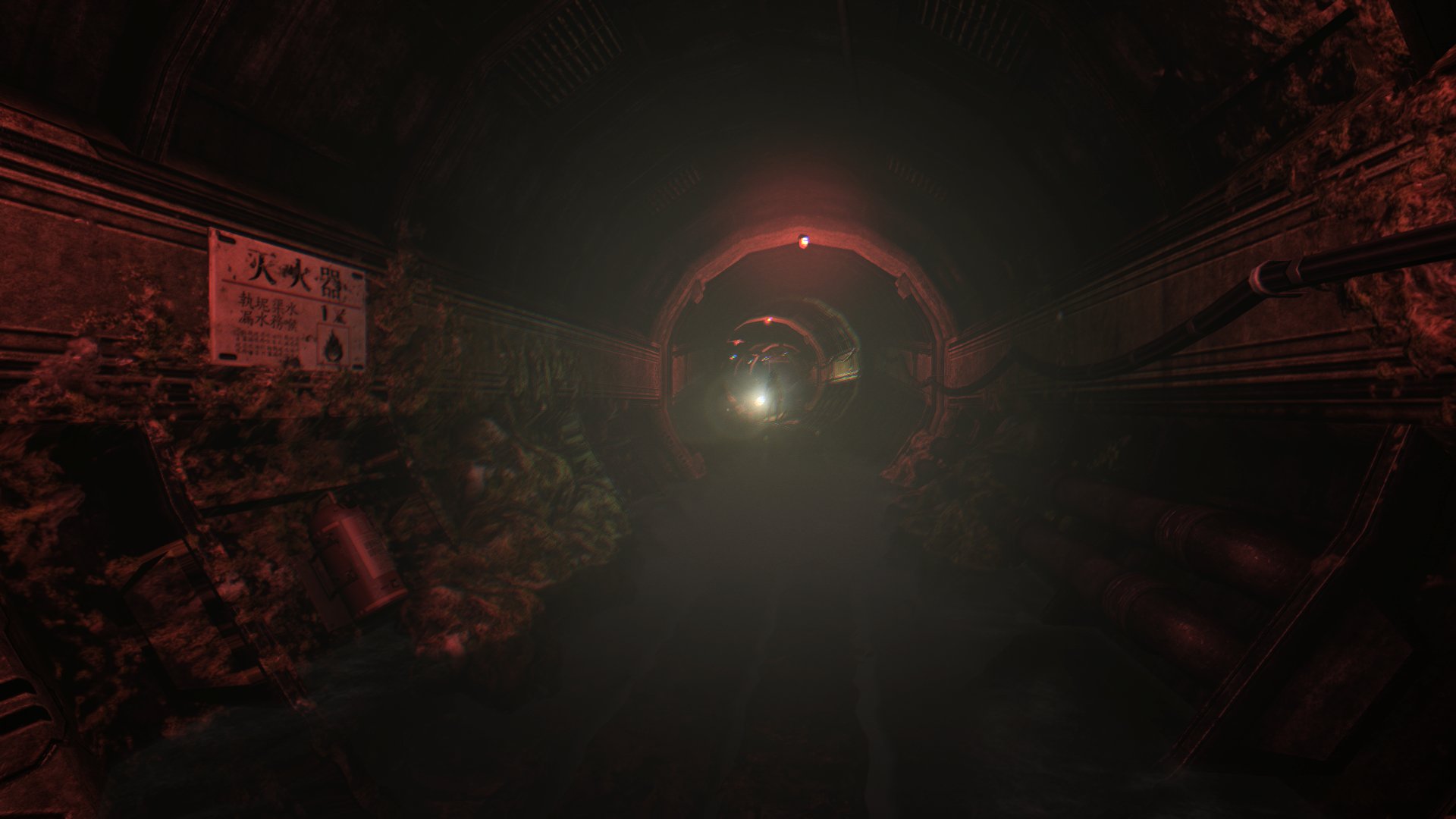
-
soma #27

-
soma #28

-
soma #29
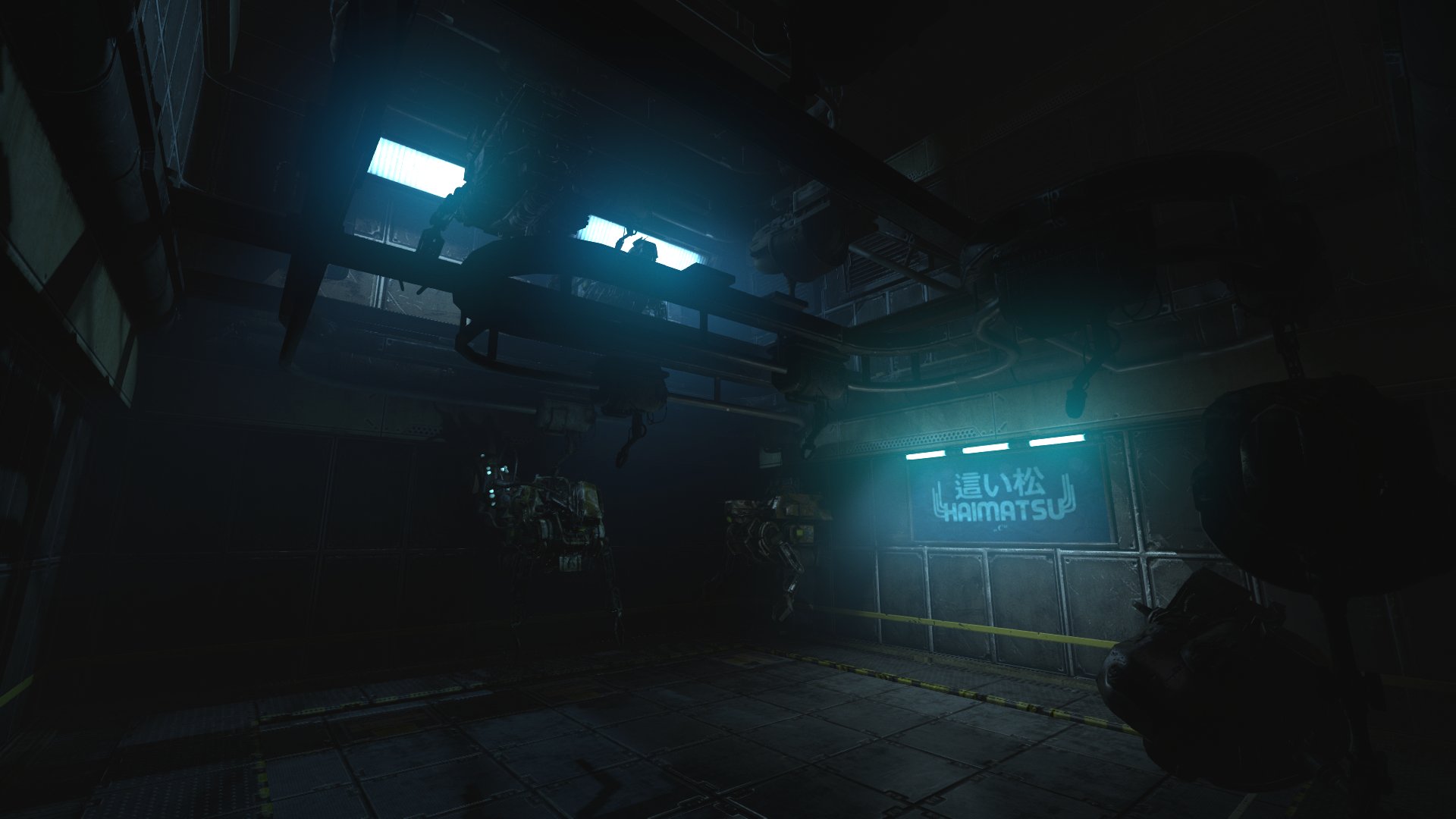
-
soma #30

-
soma #31

-
soma #32
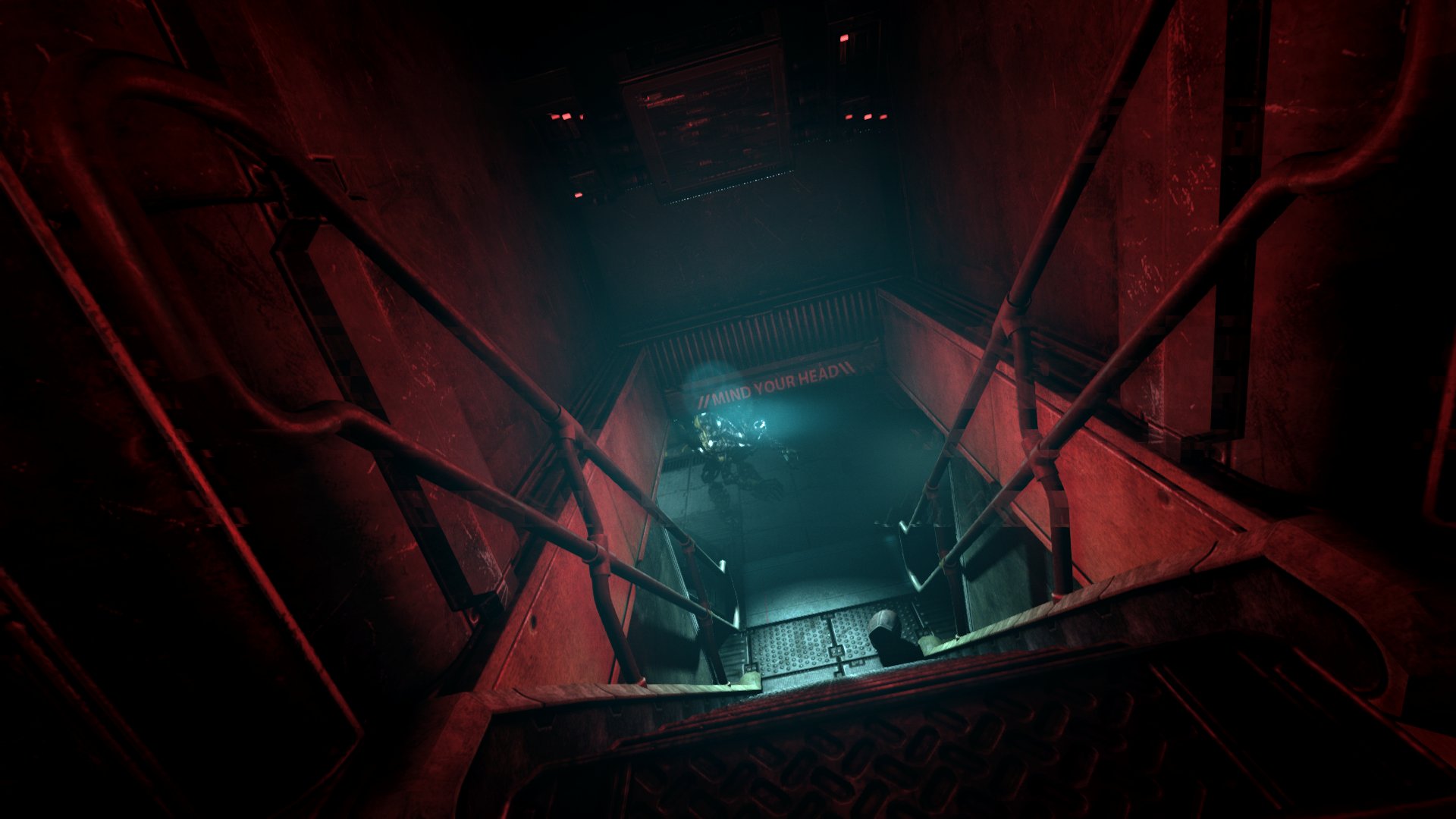
-
soma #33
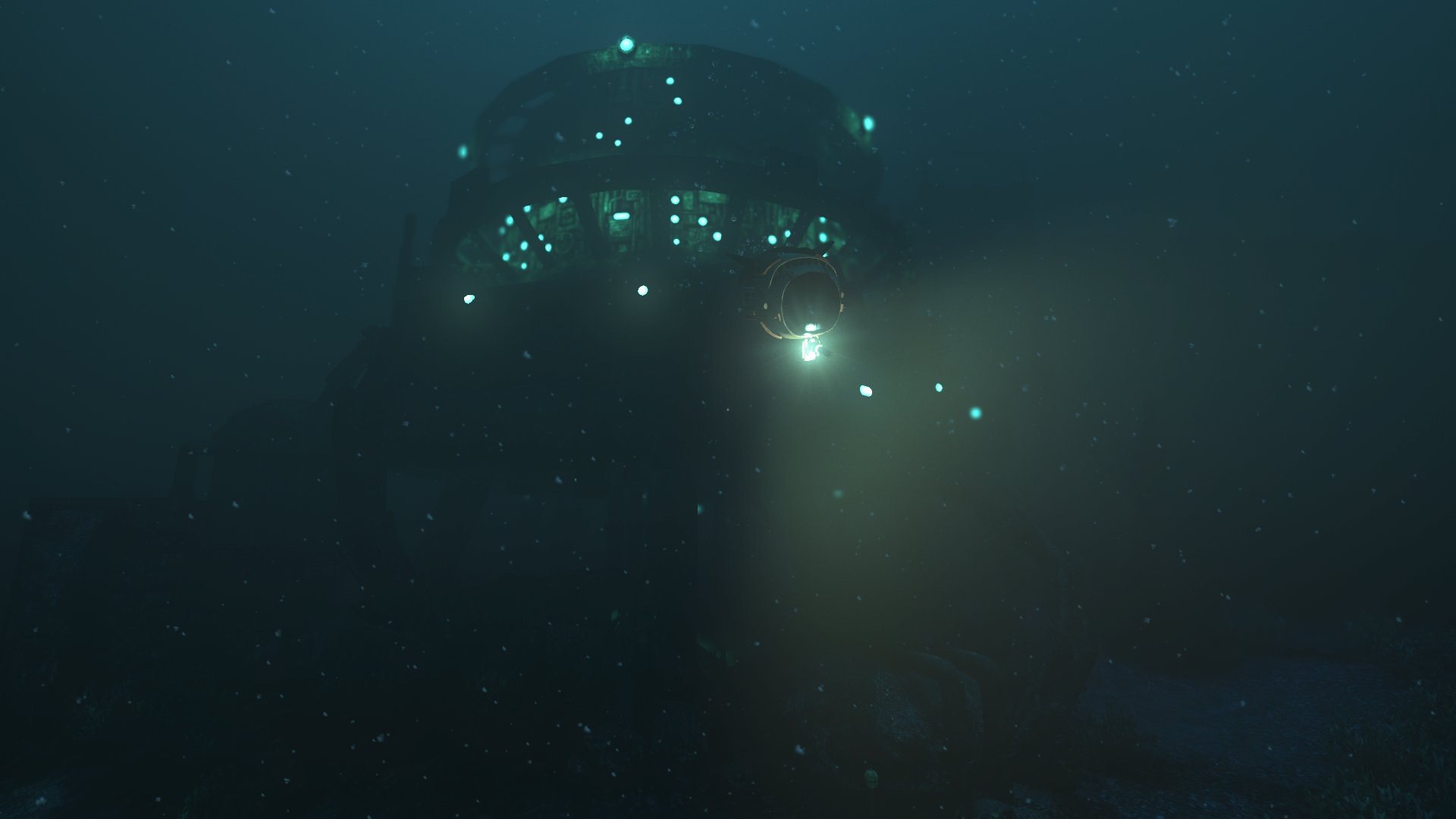
-
soma #34










